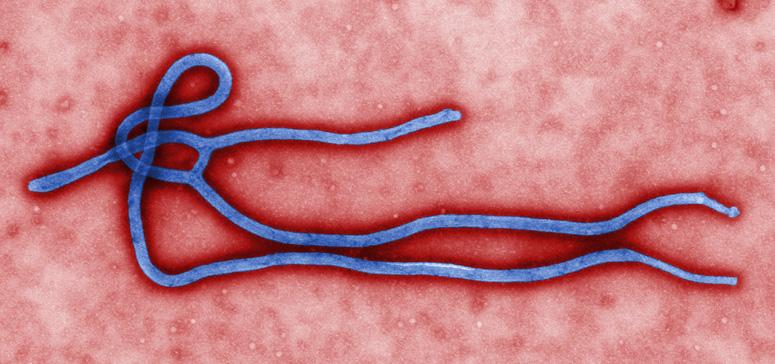First things first: What is Ebola?
Ebola is a virus originating in the Democratic Republic of the Congo when it was found near the Ebola River. Since its discovery in 1976, it has spread to 12 countries in West Africa, nine of which have been declared Ebola free, according to the Centers for Disease Control and Prevention. This virus has killed just under five thousand people in the infected countries in Africa. The current outbreak of Ebola is the largest in history, with the death rate being around 50 percent.
According to the CDC, it recently became a big worry to the American public when Thomas Duncan was diagnosed with the virus at the end of September in Dallas at the Texas Health Presbyterian Hospital after his stay in West Africa. This was the first diagnosed case of Ebola in the United States. Since then, three others have been diagnosed in the US; two nurses, Nina Pham and Amber Vinson, who helped with the treatment on Duncan, and the latest case, when a New York doctor named Craig Spencer was diagnosed with the virus at the end of October, following his stay in West Africa.
One major problem being faced by everyone is the fact that many symptoms of Ebola and the flu overlap such as high fever, body aches and vomiting. For people who are experiencing symptoms and have not recently traveled to West Africa, they need to determine if they have came into contact with someone else who recently traveled there. The CDC says that unless any person has been in contact with anyone who could have contracted the virus, there is no need to worry about any signs of illness being Ebola.
The following is a collection of misconceptions, pulled from a survey given to 189 LHS students. The information provided by the students on the survey gives the statistics that show the top five most common misconceptions students have in regards to Ebola.
Misconception #1: “Ebola is contagious automatically after being contracted.”
While Ebola is contagious, it will not spread until symptoms have occurred in a patient. Symptoms develop within 2-21 days of contact with the virus, according to the Denton County Health Department website. The DCHD recommends that caution should be taken for anyone who may have come in contact with the virus. It suggests basic hygiene, such as washing hands, to prevent any transfer of the Ebola virus.
Misconception #2: “Ebola can spread through casual contact.”
While Ebola can be passed by touch, it must be the touch of an infected person’s body fluids. The CDC website says that Ebola has different risk levels of exposure. ‘Some risk exposure’ consists of close contact being within 3 feet of a person sick with Ebola for a long time or direct contact with a person with Ebola in a country with a large case rate, even while wearing the protective equipment correctly. The website also says that low risk is being in the same room as an infected person for only a short period of time, brief contact such as shaking hands, and traveling on the same plane as an Ebola patient.
Misconception #3: “Ebola will spread in the US at the rate it has in Africa.”
Ebola spreads so quickly in Africa because they do not have the proper medical equipment to isolate and cure the victims. It spreads in a health care setting more because of the constant contact of infected fluids without the proper protective equipment. According to the CDC, this is due to the low funds available for the health care in the countries with the highest case numbers.
Misconception #4: “You can contract Ebola from touching the dead body of an infected person.”
In reality, the Ebola virus can survive for several hours on dry surfaces and several days in bodily fluids, including the fluids from a dead body according to the CDC. It says that while the dry areas of the body have less of a chance of transmitting the virus, they do have a chance of infecting someone. The CDC also says there should still be great caution when handling the bodies of those who have died from Ebola.
Misconception #5: “Ebola is airborne.”
Ebola is not airborne and it can only be contracted from direct contact with the bodily fluids, open wounds and some infected animals (mainly bats and non-human primates). The CDC says that this does not mean all bats and non-human primates could infect a human with Ebola. It also says that the only way for any animal to infect a human would be through contact of bodily fluids or by eating meat from the animals.








